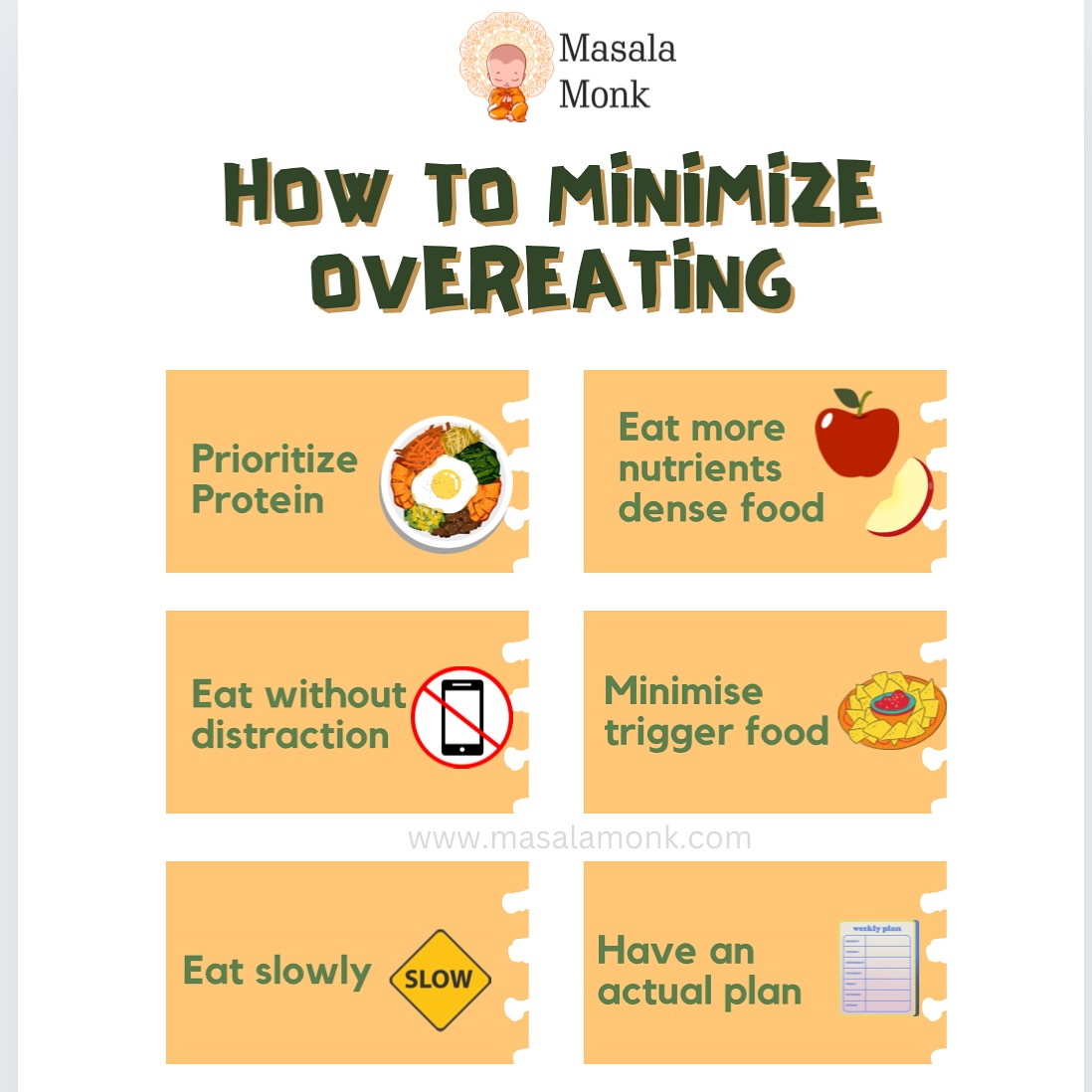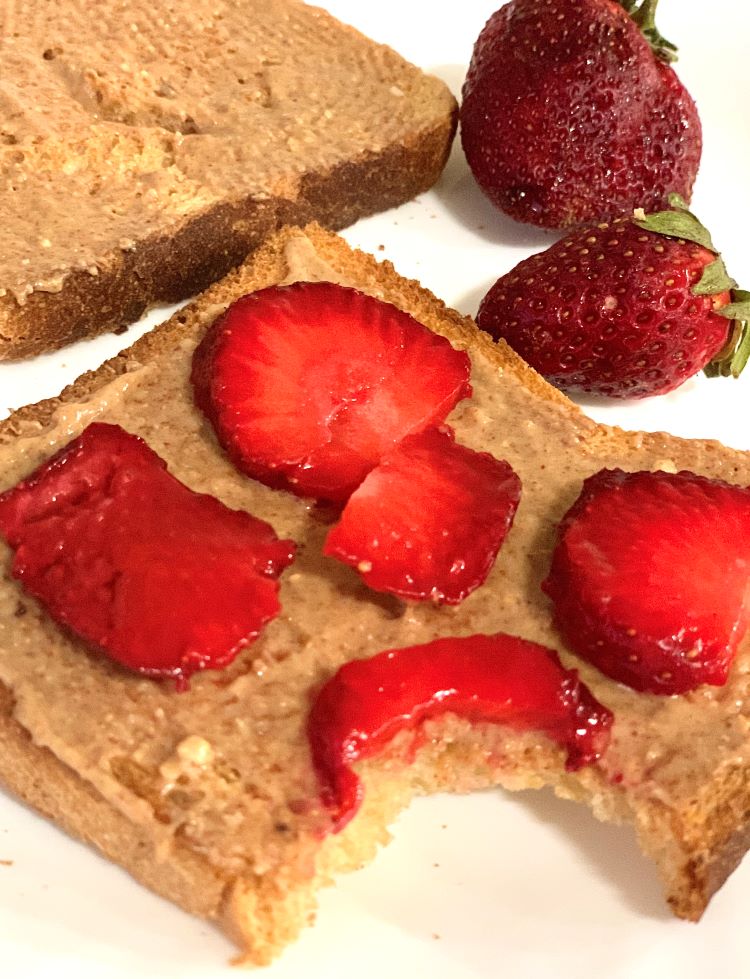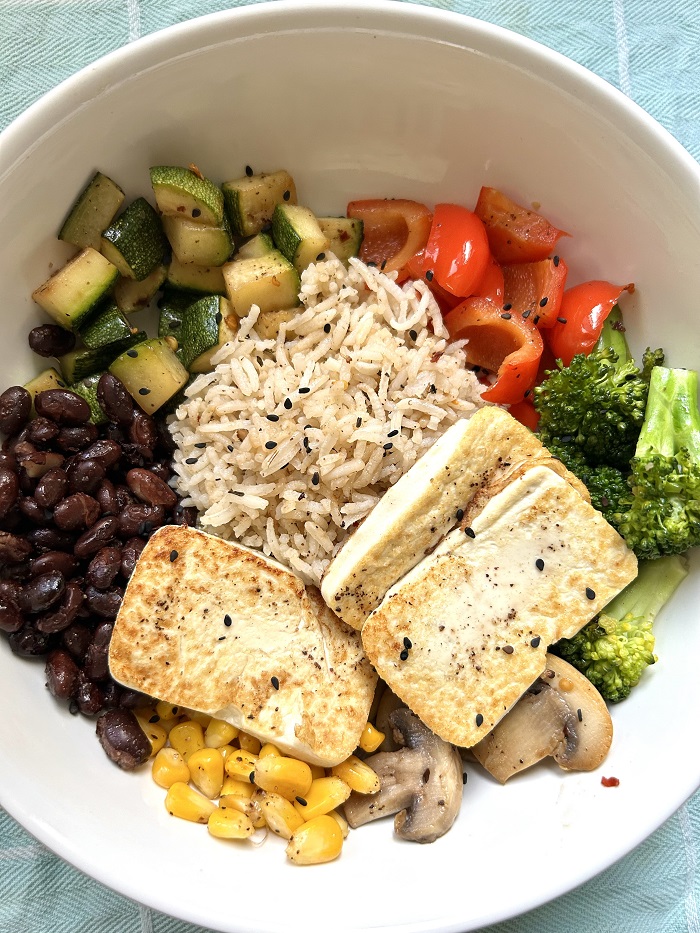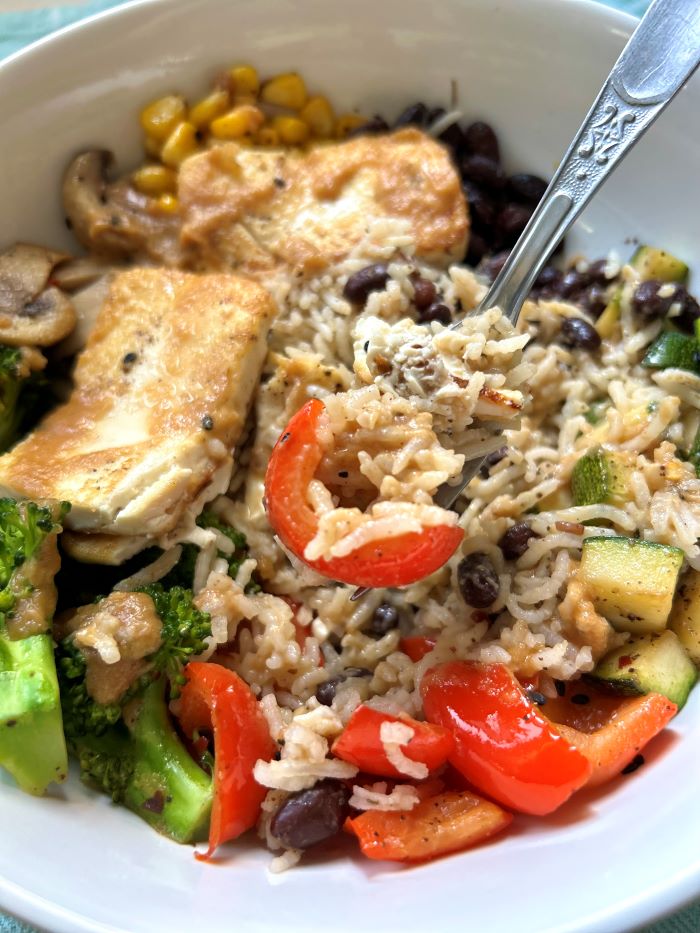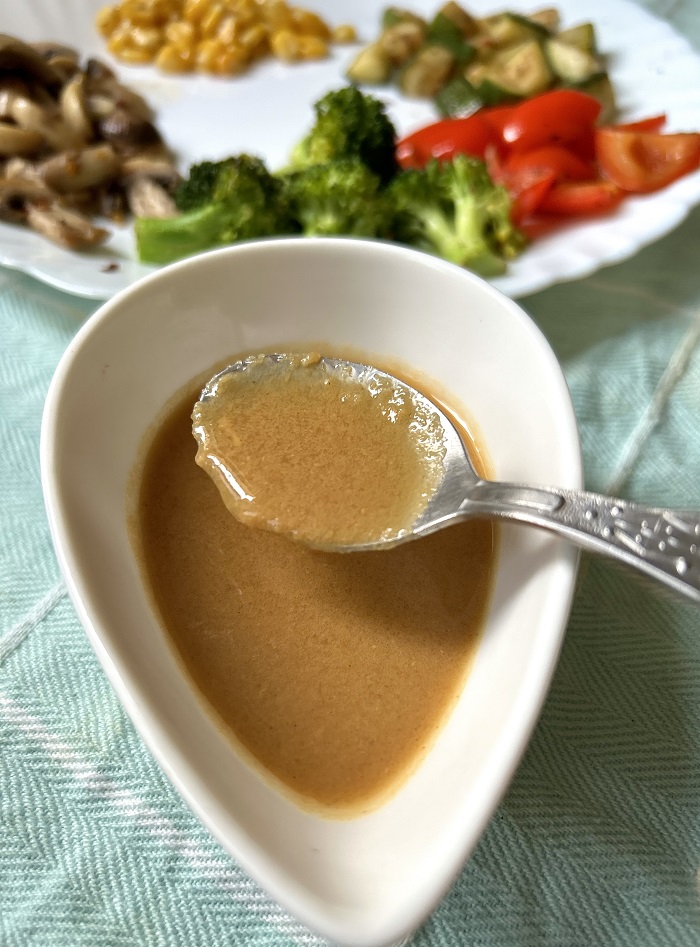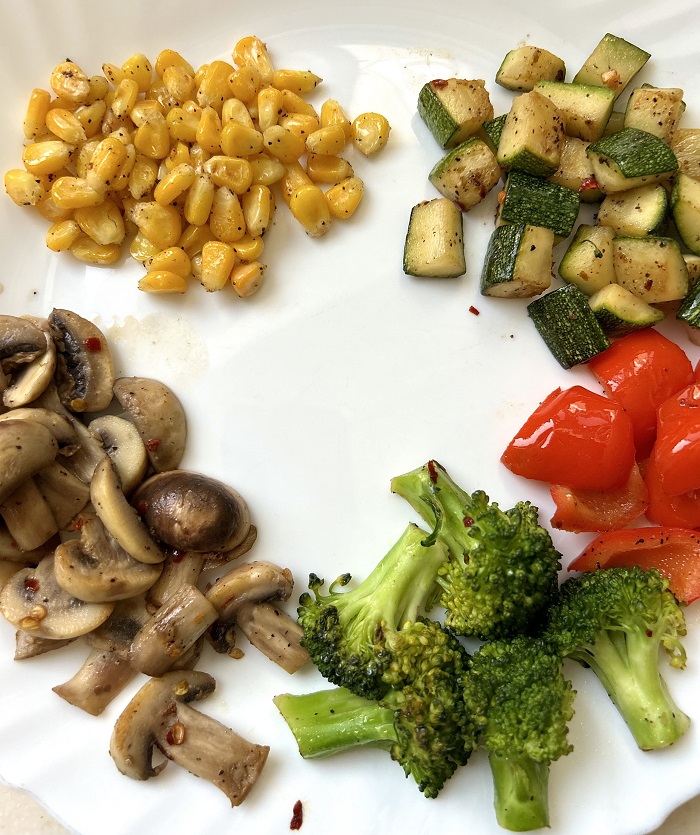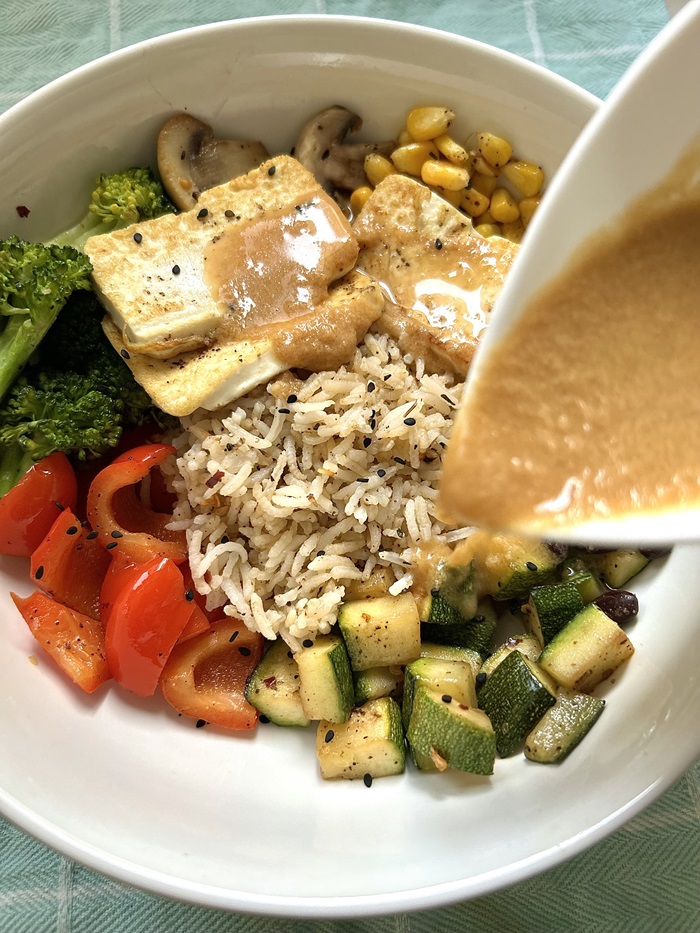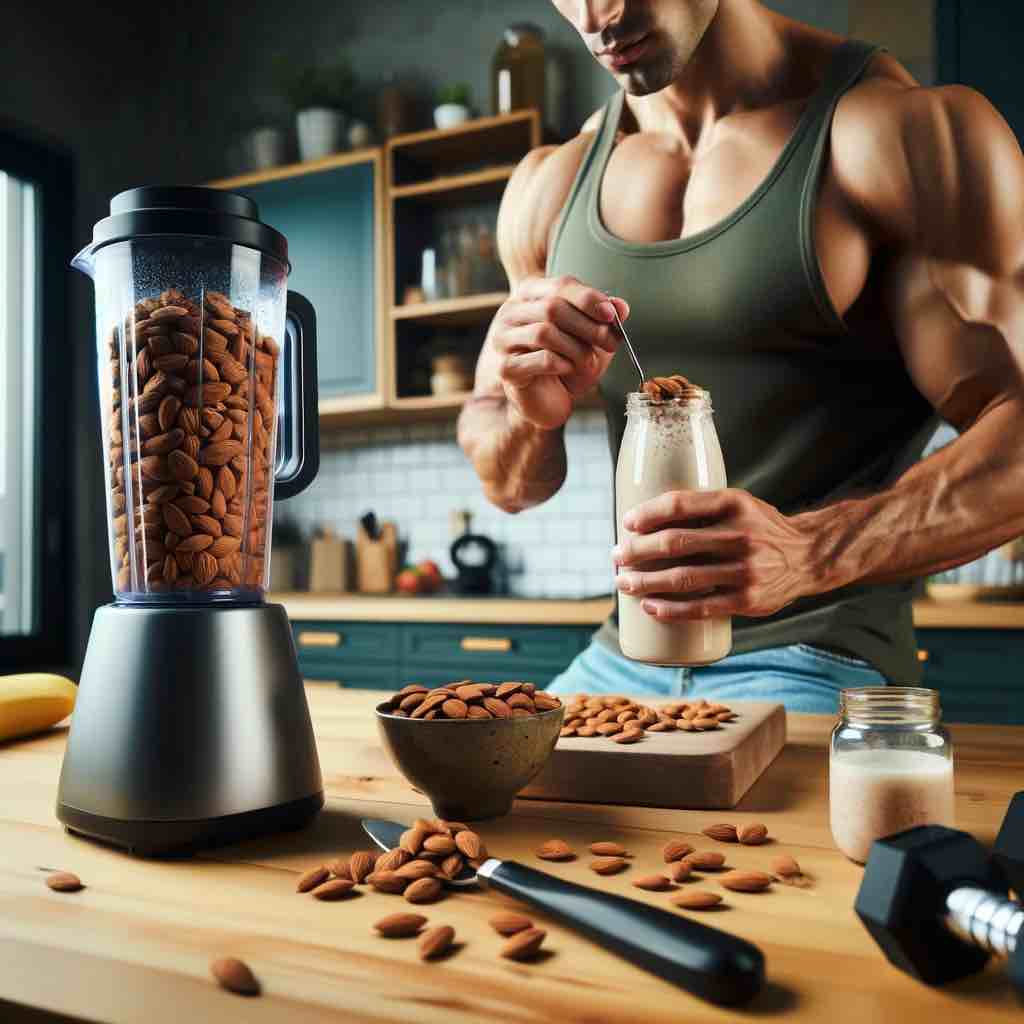
Granola has earned a reputation as a health food staple — crunchy, wholesome, and packed with oats, nuts, and dried fruit. But when it comes to weight loss, the question arises: is granola truly a friend to your goals, or could it secretly be working against you?
In this post, we’ll dig deep into what makes granola both beneficial and potentially problematic for weight management, explore the latest scientific findings, and reveal how you can enjoy granola without sabotaging your progress.
The Granola Dilemma: Why Opinions Are Split
At first glance, granola seems like a no-brainer for healthy eating. It’s often marketed as natural, fiber-rich, and energy-boosting. Plus, with oats as a base and nuts sprinkled throughout, it ticks many nutrition boxes.
However, the reality is more complicated. Granola’s calorie density and sugar content often catch people off guard. Many store-bought varieties are loaded with added sugars, oils, and sometimes chocolate or sweetened coconut, quickly ramping up the calorie count.
The typical serving size—usually around ½ cup—contains roughly 200 to 300 calories. But many of us pour far more than that into our bowls, unknowingly doubling or tripling the intake. In the world of weight loss, calories matter, and this sneaky overconsumption can stall progress.
What’s Inside Your Granola Bowl?
Understanding granola’s composition is key to making smart choices.
The Good Stuff
- Whole Grains (Oats): Oats provide a rich source of soluble fiber, particularly beta-glucan, which helps promote feelings of fullness, stabilize blood sugar, and support heart health.
- Nuts and Seeds: Almonds, walnuts, pumpkin seeds, and others provide heart-healthy fats, protein, and essential minerals like magnesium.
- Dried Fruits: Raisins, cranberries, and apricots add natural sweetness along with vitamins and antioxidants.
The Hidden Pitfalls
- Added Sugars: Many commercial granolas add sugar in various forms—cane sugar, honey, maple syrup, or even agave nectar. Some brands contain over 12 grams of sugar per serving.
- Oils and Fats: While nuts are great, some granolas include extra oils for crunch, increasing fat and calorie content.
- Calorie Density: Because granola is dry and crunchy, it’s easy to eat large amounts without feeling full immediately.
What Does Science Say? The Latest Research Insights
Recent studies shed fresh light on how granola impacts not just weight but overall health:
1. Prebiotic-Enhanced Granola and Mental Health
A 2025 study in Frontiers in Nutrition showed that adults consuming granola fortified with multiple prebiotics for 8 weeks reported improved sleep quality and reduced stress and mood disturbances. This was linked to positive changes in gut bacteria, especially increased Bifidobacterium levels, highlighting granola’s potential as a functional food for gut-brain health.
2. Boosting Nutrient Intake and Digestive Health
Another clinical trial found that adding fruit granola to breakfast significantly increased the intake of important nutrients like iron, vitamin B1, vitamin D, and fiber. Participants also experienced an increase in bowel movements, pointing to better digestive regularity.
3. Cardiovascular Benefits in Special Populations
Research on patients undergoing hemodialysis revealed that fruit granola consumption over two months helped reduce blood pressure and improved gut microbiota diversity. This suggests potential heart health benefits in clinical contexts, though more research is needed for the general population.
Is Granola a Weight Loss Friend or Foe?
The answer: It depends on how you choose and consume it.
Granola is a friend when:
- You opt for low-sugar, high-fiber varieties.
- You control your portion size carefully.
- You use it as a crunchy topping, not a full meal replacement.
- You balance it with protein-rich foods like Greek yogurt or fresh fruit.
Granola becomes a foe when:
- You consume large portions mindlessly.
- You eat highly processed, sugar-laden brands.
- You combine it with other high-calorie foods without accounting for the extra calories.
How to Make Granola Work for Weight Loss
1. Scrutinize the Label
Choose granolas with less than 6 grams of added sugar per serving. Avoid those with syrups or sweeteners listed among the first few ingredients.
2. Prioritize Fiber and Protein
Look for at least 3 grams of fiber and 5 grams of protein per serving to keep you full longer and reduce cravings.
3. Measure Your Portions
Start by measuring out ¼ to ½ cup servings until you develop an intuitive sense of the right amount. Use granola as a flavor and texture enhancer, not the main event.
4. Make Your Own
DIY granola lets you control ingredients and sweetness. Try roasting oats with a bit of cinnamon, a splash of pure maple syrup, nuts, and seeds. This way, you get all the benefits without the excess sugar or oils.
5. Pair Smartly
Add granola as a topping on plain Greek yogurt or fresh fruit rather than eating it straight from the bag. This adds volume and nutrients without extra calories.
Final Thoughts: The Sweet Spot for Granola and Weight Loss
Granola isn’t inherently good or bad — it’s all about context. When thoughtfully chosen and portioned, it can enrich your diet with fiber, protein, and micronutrients while offering satisfying crunch and flavor. But it’s crucial to stay mindful of the sugar and calorie content.
In the landscape of weight loss, granola can be a strategic ally — just don’t let it fool you with its health halo. Keep serving sizes small, opt for quality over quantity, and pair it with nutrient-dense foods for a delicious and balanced approach to your goals.
FAQs: Granola and Weight Loss
1. Is granola good for weight loss?
Granola can support weight loss if chosen carefully and eaten in controlled portions. Opt for low-sugar, high-fiber versions and avoid overeating due to its calorie density.
2. How many calories are in a typical serving of granola?
A standard ½ cup serving of granola contains roughly 200–300 calories, but many people unknowingly eat larger portions, increasing calorie intake significantly.
3. What should I look for on the granola label?
Look for granolas with less than 6 grams of added sugar per serving, at least 3 grams of fiber, and 5 grams or more of protein. Avoid those with syrups or sweeteners as main ingredients.
4. Can I eat granola every day while trying to lose weight?
Yes, but in moderation. Keep portion sizes small (¼ to ½ cup) and pair granola with nutrient-dense foods like Greek yogurt or fruit to balance your meals.
5. Is homemade granola better than store-bought?
Homemade granola lets you control sugar and oil content, making it easier to keep calories low and nutrition high. It’s often a healthier choice than many commercial brands.
6. How does granola affect blood sugar levels?
Granola with added sugars can cause blood sugar spikes. Choosing low-sugar, high-fiber granola helps stabilize blood sugar and supports better energy levels.
7. What are the benefits of granola beyond weight loss?
Granola can improve digestive health due to its fiber content and may positively influence gut bacteria when enriched with prebiotics. Some studies also link it to better sleep and cardiovascular health in specific groups.
8. Can granola be a meal replacement?
Granola alone is usually calorie-dense but low in protein and water content, so it’s best as a snack or topping rather than a full meal replacement.
9. How can I use granola to avoid overeating?
Measure your servings with a cup or spoon, use granola as a topping rather than a main dish, and combine it with protein and fresh fruits to increase satiety.
10. Are there any populations who should avoid granola?
People with nut allergies or those sensitive to high-fiber foods may need to avoid certain granola types. Also, those watching sugar intake closely, such as diabetics, should choose granola carefully.

